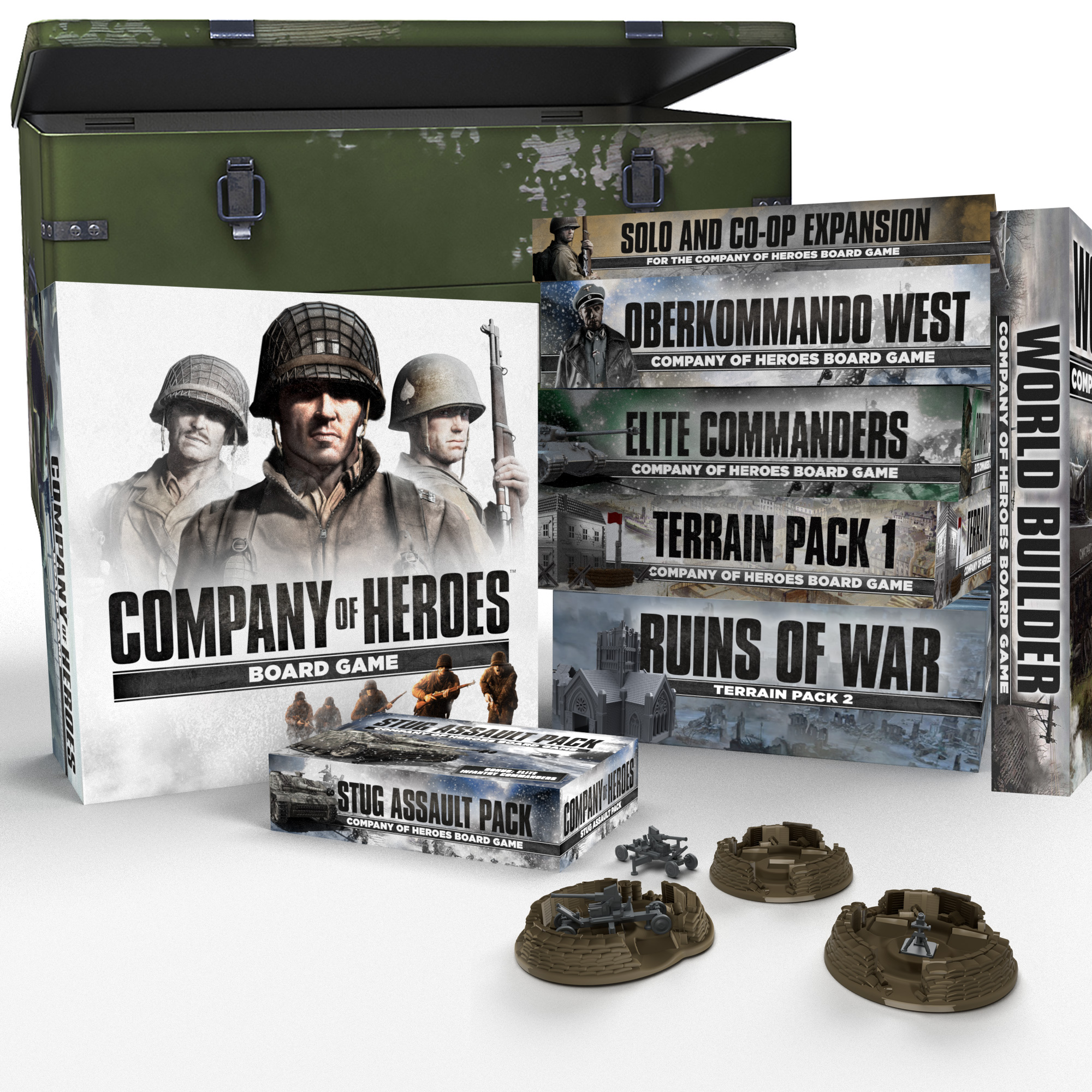

Eventually this leads to an all-out assault on a sizable base, the liberation of a Nazi prison camp and then a desperate, explosive escape to the extraction point, complete with confrontations and exploding vehicles. The sniping and infiltration scenario, for example, sees a group of Polish partisans sneak around a gloomy, heavily forested map at night, taking out German officers and avoiding enemy patrols. They dramatically change the tone of the mission. Desperate retreats with soldiers employing scorched earth tactics, base defense scenarios, sniping and infiltration missions, mechanised assaults – there’s certainly no dearth of activities.Įach mission has two or three phases, with new objectives being added as old ones are completed. It’s also varied, presenting new challenges with every mission. The campaign covers a lot of ground: it begins with Operation Barbarossa in 1941 and ends in the conquest of Berlin. They’re presented as flashbacks, as Isakovich and his superior discuss the war and the Lieutenant’s disgust at the atrocities committed by his comrades. They follow Lieutenant Lev Abramovich Isakovich, a Soviet Officer who now resides in a Siberian gulag. There are fourteen chunky missions in Company of Heroes 2’s campaign mode. Completely new experiences are rarely thrown the returning player’s way but polished, tactical, devastating skirmishes? Well, they are a dime a dozen.

Yet it remains very much reliant on the foundations built by the first game, not quite changing enough to make it stand out from its older sibling and its two expansion packs. Company of Heroes 2 can be both game-like and surprisingly human, which can cause some dissonance while at the same time elevating it above its contemporaries.

Company of Heroes 2, Relic’s latest foray into the world of RTSs, makes no bones about how desperate and costly the conflict on the Eastern Front was for both sides, Axis and Allies alike – just as you’d expect from one of the best World War 2 games.Īmid the health bars, rapidly spawning digital soldiers and requisition cooldowns, the grim spectre of war atrocities and military pragmatism looms over the Polish, German and Soviet battlefields. One of the largest military campaigns in the history of warfare is about to begin one that will ultimately lead to millions of deaths and a turning point in the Second World War. It’s 1941, and the conquest-hungry Wehrmacht is marching into the vast Soviet Union.


 0 kommentar(er)
0 kommentar(er)
